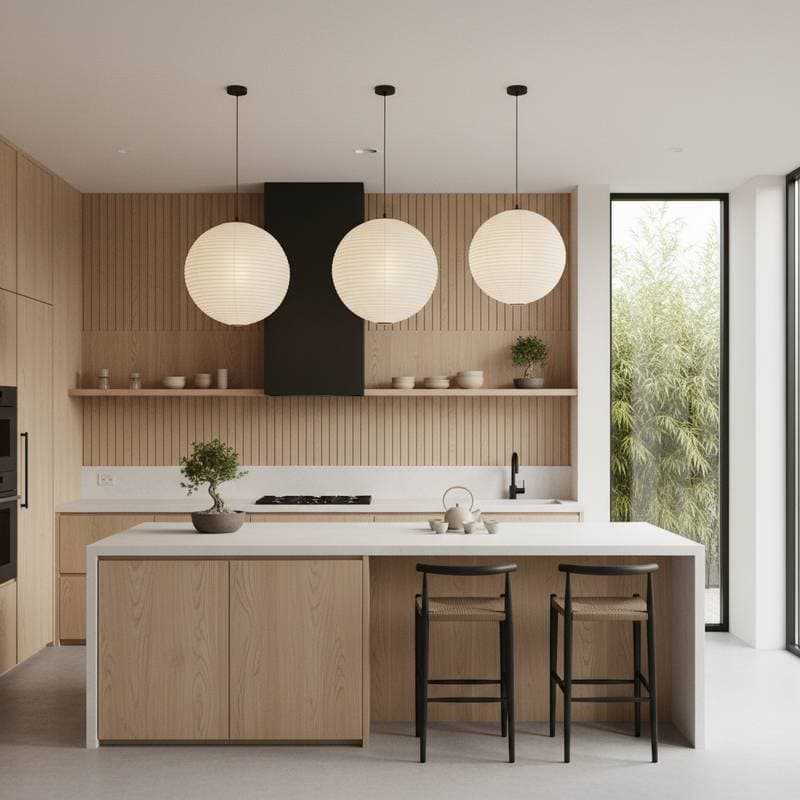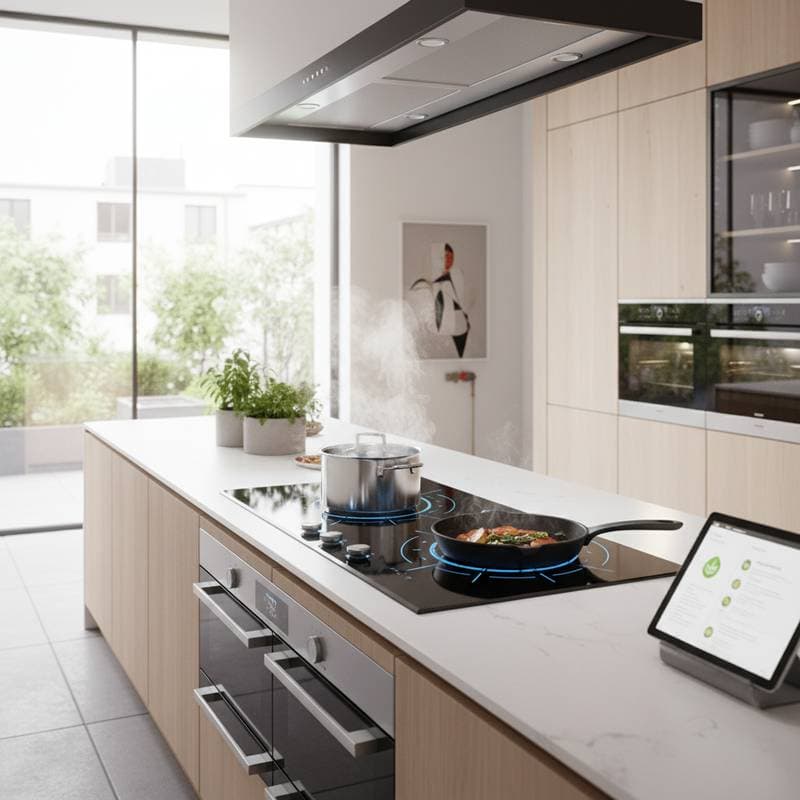Quartz Backsplashes Replace Tile in Modern Kitchens
For decades, tile has been the go-to backsplash material in kitchens. It offered variety, durability, and a price point that worked for nearly every homeowner. Yet more homeowners are now moving away from grout lines and opting for large, seamless quartz backsplashes. From my experience in kitchen remodeling, this change is not just a trend. It reflects a growing demand for cleaner designs, easier maintenance, and long-term durability.
If you are planning a kitchen remodel and considering quartz instead of tile, you need to understand both the benefits and the potential pitfalls before making the investment.
The Case for Quartz
Quartz slabs are engineered stone made from natural quartz and resin. Most homeowners already know quartz as a countertop material, but carrying that same slab up the wall changes the entire look of a kitchen.
-
Seamless Design
A quartz backsplash creates one continuous surface from countertop to upper cabinets. This eliminates grout lines entirely and achieves a sleek, modern look that tile cannot match. -
Easy Cleaning
With no grout, you only wipe down a smooth surface. Grease, sauces, or steam stains do not soak in. A simple cloth and mild cleaner keep the wall looking brand new. -
Durability
Quartz resists stains, scratches, and heat better than most tile finishes. Once installed, it stands up to years of cooking without showing wear. -
Visual Impact
When the countertop and backsplash are made from the same quartz slab, the kitchen feels larger and more cohesive. This is one of the strongest selling points for resale value.
How to Protect Yourself as a Homeowner
If you want the look of quartz in your kitchen, there are steps you should take to make sure your project goes smoothly.
-
Get Detailed Quotes
Ask for both material and labor costs broken down clearly. Some contractors will only price the slab, leaving you surprised by fabrication charges later. -
Check Fabricator Credentials
Not every contractor is equipped to cut and install quartz slabs. You need a fabricator with the right machinery and experience. Ask to see past projects. -
Confirm Wall Reinforcement
Have your contractor inspect your kitchen walls before ordering slabs. Reinforcement may be required, and it is better to know up front than during installation. -
Review Slab Layout
Quartz slabs often have veining or patterns. Make sure you approve how the slab will be cut and how the design will line up between the countertop and backsplash. -
Get Everything in Writing
Always have a written contract that specifies the material, the slab thickness, the edge details, and the scope of installation. This protects both you and the contractor.
Final Thoughts
Tile backsplashes will always have a place in certain kitchens, but the shift toward quartz is clear. Homeowners want simplicity, durability, and a high-end look without the maintenance hassles of grout. If you are remodeling, quartz is worth serious consideration. Just make sure you go into the project with realistic expectations about cost, installation, and wall preparation.
Handled correctly, a quartz backsplash can transform your kitchen into a seamless and functional space that will serve you well for decades.
**








